Air Quality Articles

Cold Weather and Your Health: Why You Get Sick More in Winter and How to Prevent It
During the winter months, many people experience an increase in respiratory illnesses. This phenomenon is influenced by the effects of cold air on the nasal passages and the immune system. Understanding these effects can help in adopting effective strategies to...

The Chemistry Behind Thanksgiving Aromas
Thanksgiving in the United States is a feast for the senses, with its rich tapestry of aromas playing a defining role in the holiday's charm. From the savory scent of roasting turkey to the sweet fragrance of spiced desserts, these olfactory delights stem from complex...
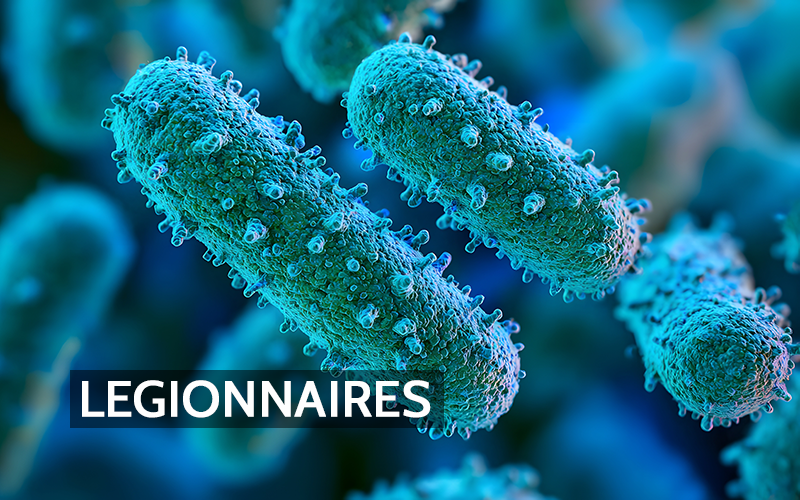
From 1976 to Today: Tracking Legionnaires’ Disease in the U.S.
Legionnaires' disease is a severe form of pneumonia caused by the bacterium Legionella pneumophila. This pathogen thrives in freshwater environments but becomes a health hazard when it multiplies in man-made water systems. Understanding how to prevent its spread is...

The Importance of Monitoring Ultrafine Particles
Air pollution is one of the biggest public health hazards the world faces today. While we often focus on larger and fine particles (PM10 and PM2.5), ultrafine particles (UFPs) deserve equal attention. Ultrafine particles (UFPs), also known as nanoparticles, are...
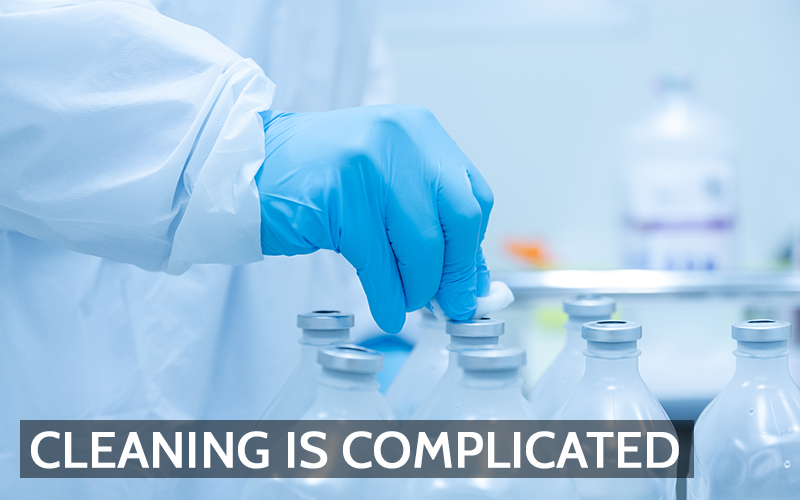
Maintaining Cleanliness in Controlled Environments: Challenges and Best Practices
Maintaining cleanrooms and other controlled environments demands meticulous attention to design, material selection, and strict protocols to prevent contamination. These spaces—essential in fields like pharmaceuticals, biotechnology, and electronics—require a highly...
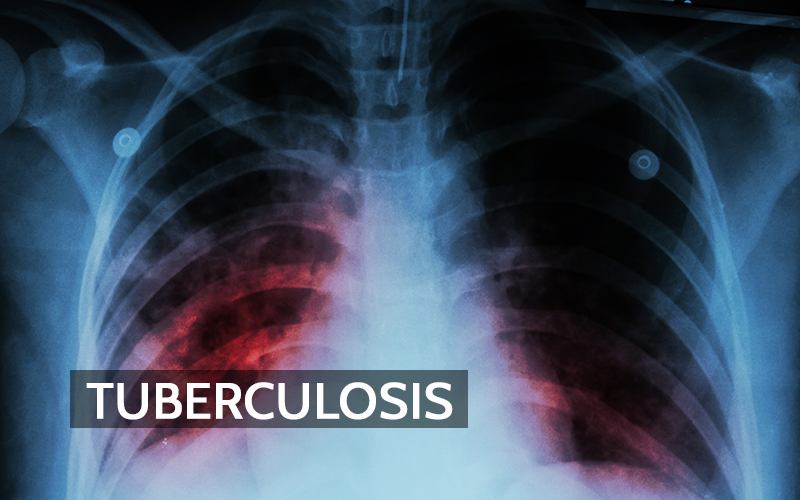
Causes, Transmission, History, and U.S. Monitoring Programs
Tuberculosis (TB) remains a significant public health concern worldwide, including in the United States. This article delves into the causes, prevalence, transmission mechanisms, historical context within the U.S., and the nation's detection and monitoring strategies....
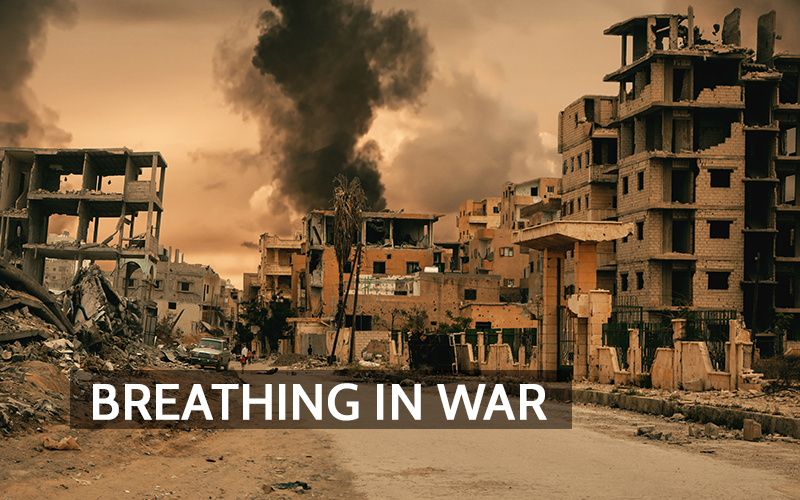
War’s Impact on Regional and Transboundary Air Quality
Armed conflicts are among the most destructive human activities, causing significant harm not only to human life but also to the environment. One of the most overlooked consequences of war is its impact on air quality, which can extend far beyond the battlefield....
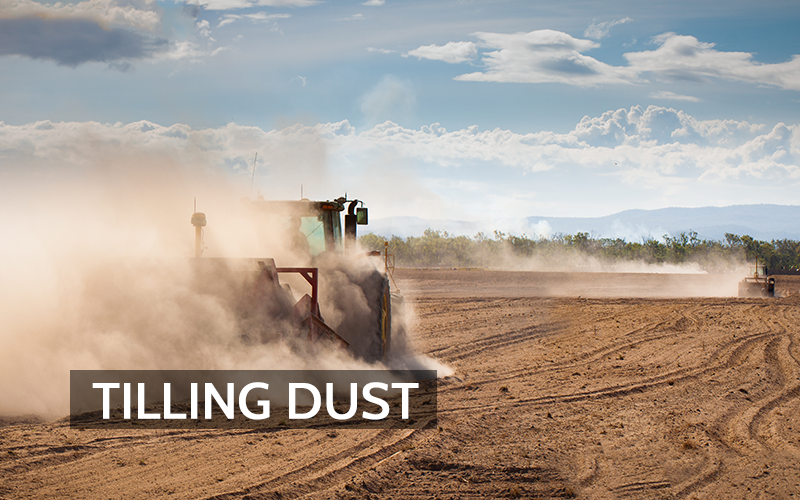
How the United States Deals with Dust
Dust storms are a dramatic yet increasingly relevant feature of the American landscape, shaped by both natural forces and human activity. Historically, the most infamous dust storms occurred during the 1930s Dust Bowl, a catastrophic event in the Great Plains that...

How Floral Arrangements Affect Air Quality
Flowers are a timeless gift, symbolizing love, celebration, and sympathy. However, for some individuals, these beautiful bouquets can introduce unexpected discomfort due to pollen-induced allergies. Understanding the relationship between floral arrangements and air...
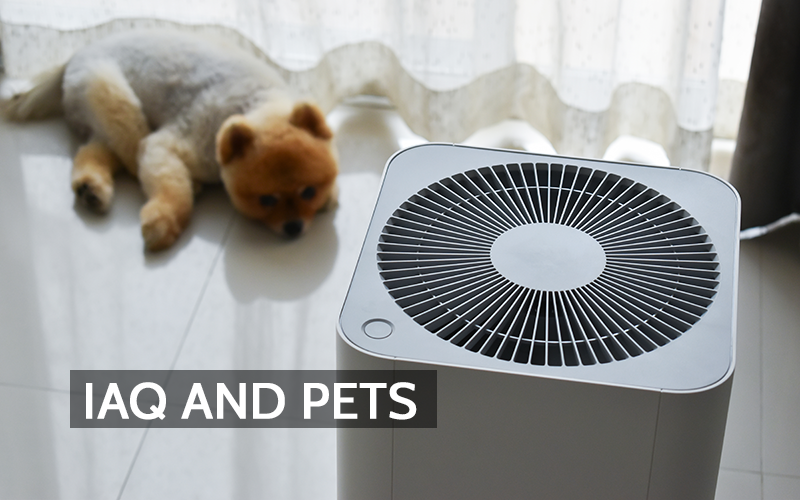
Indoor Air Quality and Pet Safety: Protecting Pets from Hidden Dangers
Maintaining clean air indoors is essential, not only for people but for pets, who often have even greater sensitivity to household pollutants. Many common household items and activities can harm air quality, exposing pets to respiratory issues, eye irritation, and...
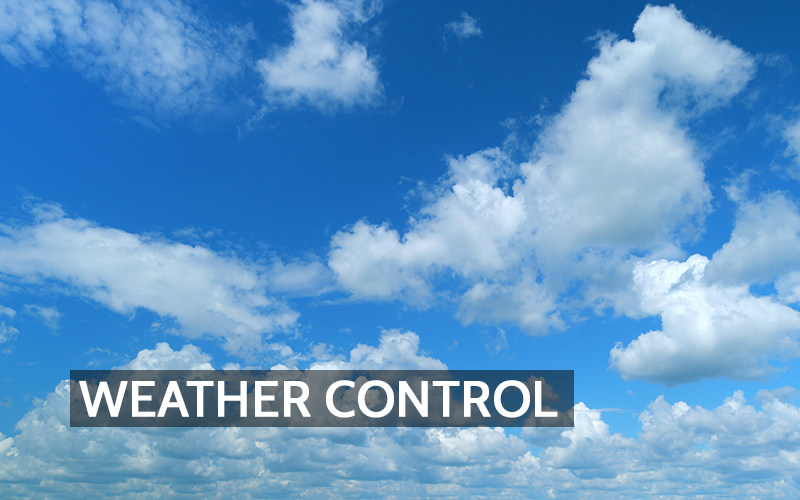
Cloud Seeding: A Real-World Example of Weather Control
Cloud seeding is a weather modification technique designed to enhance a cloud’s ability to produce precipitation. By introducing specific particles, such as silver iodide or dry ice, into clouds, cloud seeding stimulates the formation of ice crystals. These particles...
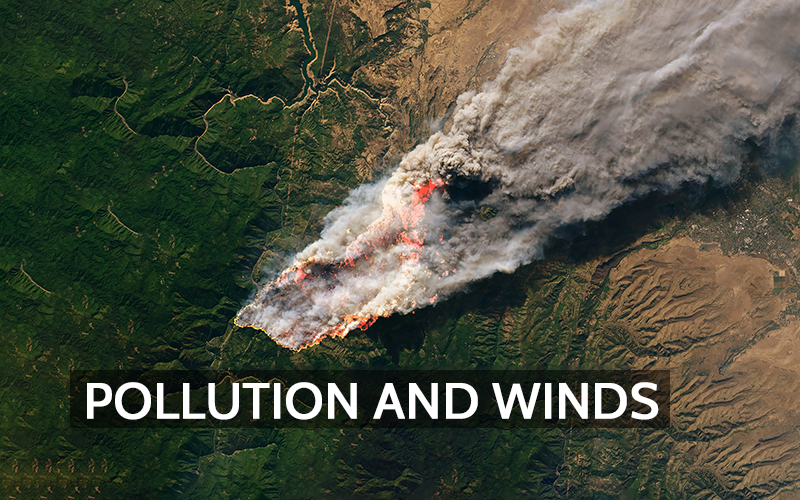
How Prevailing Winds Spread Air Pollution Across Borders
Air pollution is a global challenge, with pollutants like particulate matter and harmful gases carried far from their origins by prevailing winds. This phenomenon shows that pollution knows no boundaries. Emissions produced in one location can travel vast distances,...

How the Space Industry is Shaping the Future of Global Air Quality Monitoring
Air quality monitoring has become a critical tool in understanding and addressing climate change, public health, and environmental impacts. With advances in technology, the space industry now plays a pivotal role in monitoring air quality on a global scale. Satellites...

The Unseen Consequences of Air Pollution on Pollinators
Air pollution poses a significant threat to flying insects, which are essential to our environment, food chain, and plant pollination processes. Understanding the impact of pollutants on these creatures is crucial for developing strategies to protect them and, by...

When is the Last Time You Checked Your Carbon Monoxide Alarm?
Carbon monoxide (CO) is often referred to as the "silent killer," and for good reason. This colorless, odorless, and tasteless gas can and has killed people if it goes undetected. Despite its imperceptibility, carbon monoxide plays a significant role in both indoor...
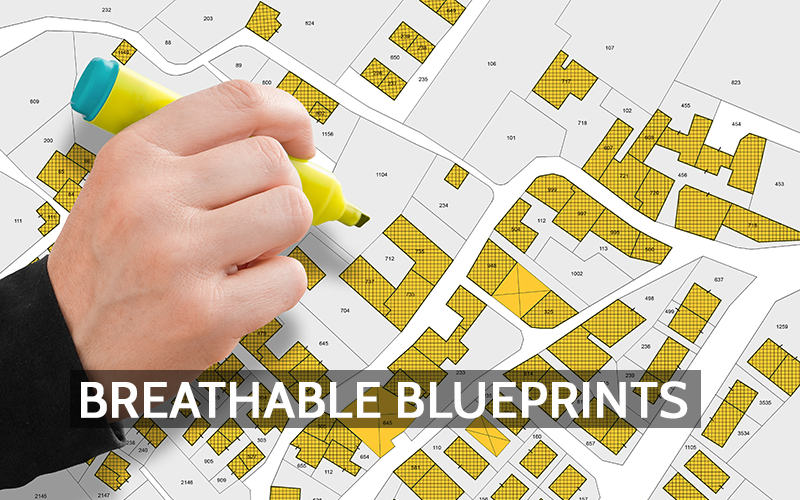
Urban Planning Strategies for Tackling Air Pollution
Urban planning plays a pivotal role in shaping the air quality of our cities. Civil engineers and urban planners must navigate a complex array of considerations to design environments that promote public health and comply with regulatory standards. In the United...
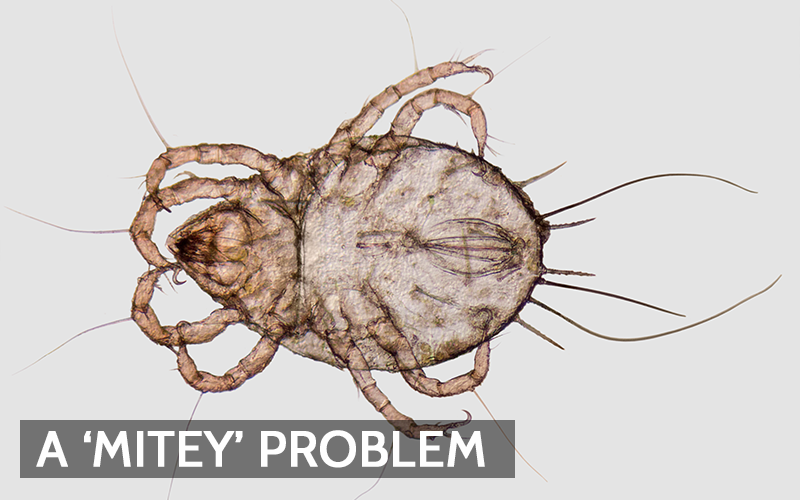
Managing Dust Mites: A Guide To Healthier Homes
Dust mites are microscopic arachnids, closely related to ticks and spiders, that thrive in indoor environments. Measuring approximately 0.2–0.3 millimeters in length, they are invisible to the naked eye. These mites feed on dead human skin cells, which are abundant in...
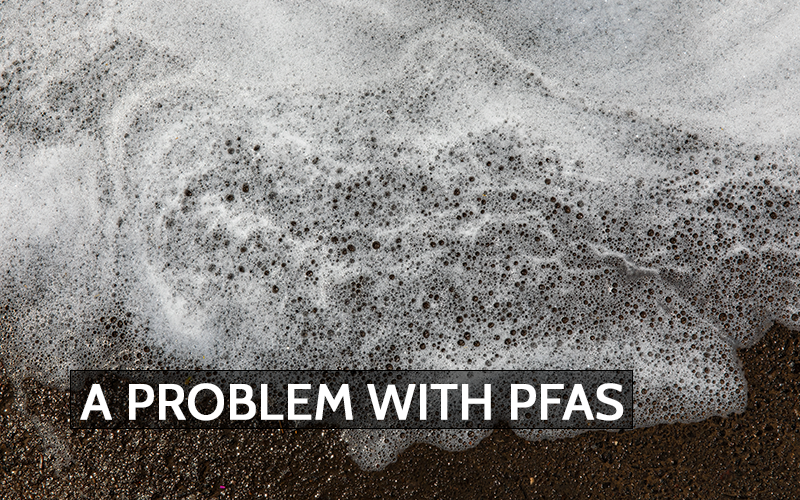
How PFAS Pollution is Redefining Air Quality Standards
Per- and polyfluoroalkyl substances (PFAS) are synthetic chemicals that have garnered increasing attention due to their pervasive presence and potential health risks. Known as "forever chemicals" due to their resistance to degradation, PFAS are found in numerous...
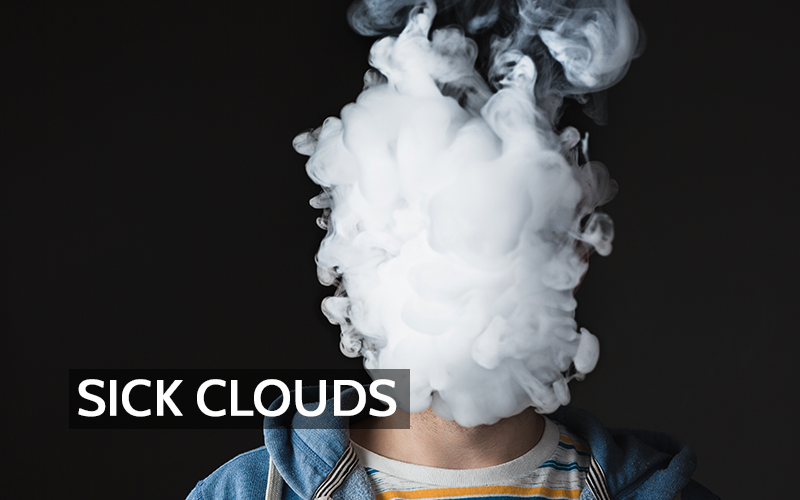
Health Risks, Youth Trends, and Regulatory Responses to Vaping
Vaping, initially introduced as a less harmful alternative to traditional smoking, has rapidly evolved into a widespread phenomenon, particularly among youth. This trend has raised public health concerns due to the chemicals involved and the associated health risks....

What are Nitrogen Oxides and Why Do We Track Them?
Nitrogen oxides (NOₓ) are a group of highly reactive gases that include nitric oxide (NO) and nitrogen dioxide (NO₂). These gases play significant roles in atmospheric chemistry and environmental health. NOₓ contributes to the formation of ground-level ozone and fine...
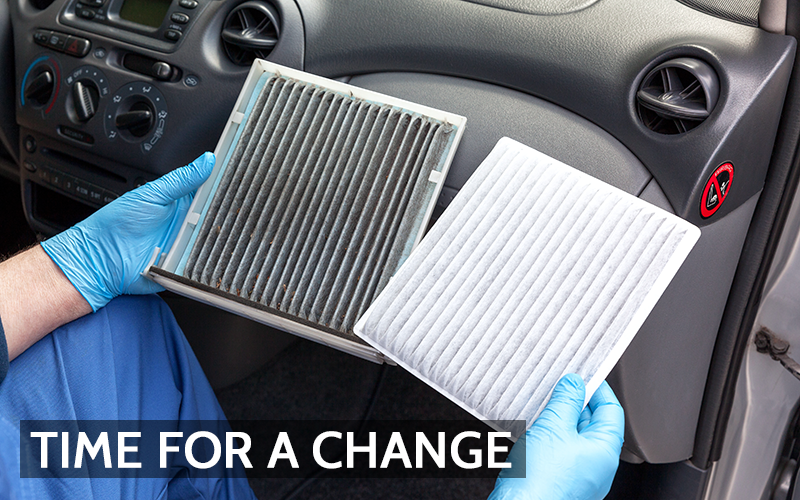
The Importance of Changing Your Car’s Cabin Air Filter
Most people spend a surprising amount of time in theor cars. According to AAA, Americans collectively spend over 70 billion hours on the road annually, which averages nearly an hour each day for the typical driver. Given that cars often function as second homes, the...
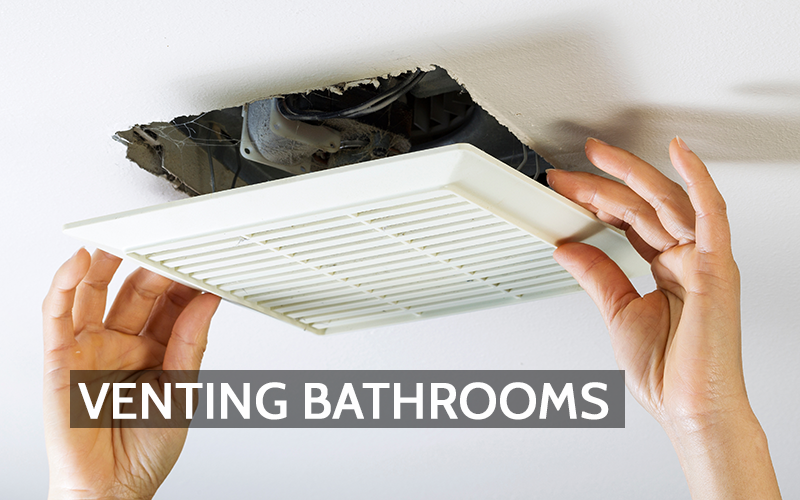
Mastering Bathroom Ventilation Maintenance
Proper bathroom ventilation is essential for maintaining a healthy indoor environment. It helps control moisture levels, prevents mold growth, and ensures good air quality. This article reviews best practices for making sure your bathroom ventilation is adequate, the...
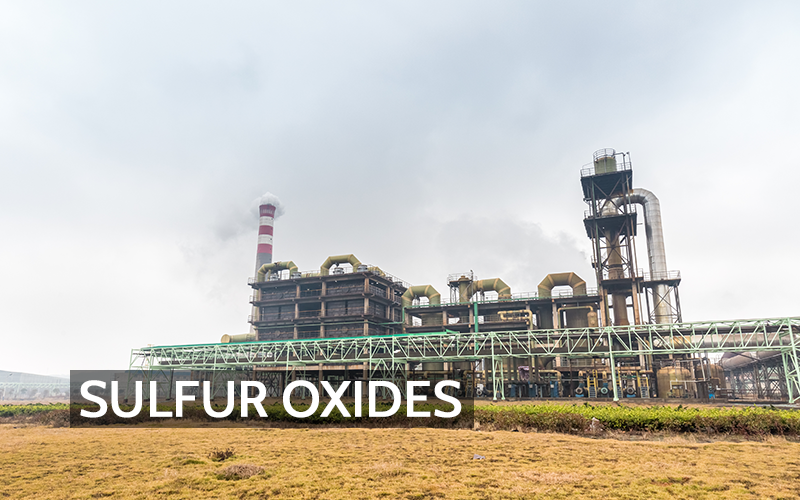
From Power Plants to Acid Rain: What is Sulfur Dioxide Pollution
Sulfur dioxide (SO₂) is a highly reactive gas known for its pungent odor and impact on air quality and public health. It belongs to the family of sulfur oxides (SOₓ), a group of pollutants regulated under the U.S. Environmental Protection Agency’s (EPA) National...
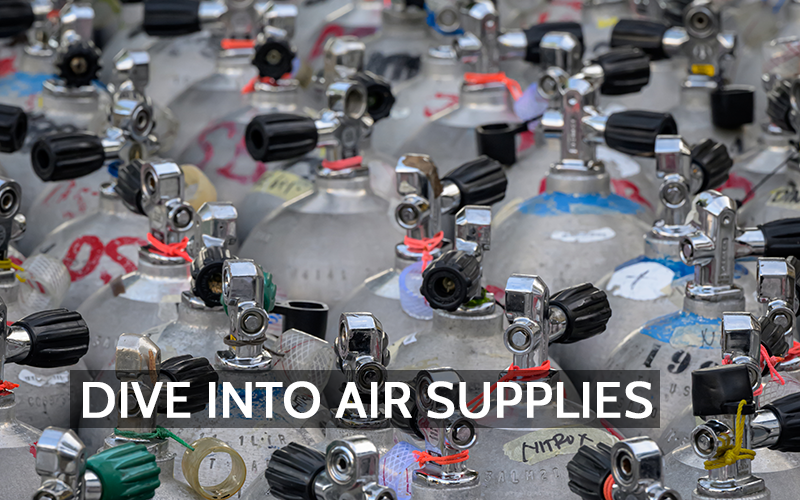
Understanding SCUBA Systems: Comparing Divers and Firefighters
When safety and survival are on the line, self-contained breathing apparatuses (SCBA) and diving rebreathers become essential tools for firefighters and divers, respectively. Though both systems aim to provide breathable air in environments where it’s unavailable, the...

Smoke School: Training Air Quality Inspectors to Uphold the Clean Air Act
Ensuring air quality is a fundamental aspect of environmental protection, and in the United States, a key component of this effort is the training program known as "smoke school." This program is designed to equip air quality inspectors with the skills necessary to...

Formaldehyde: What Does Your Couch and a Morgue Have in Common
When purchasing new furniture, most people focus on aesthetics, comfort, and price. However, a less visible concern lurks beneath the sleek veneer of many furniture pieces: formaldehyde off-gassing. This phenomenon, stemming from the use of certain chemicals in...
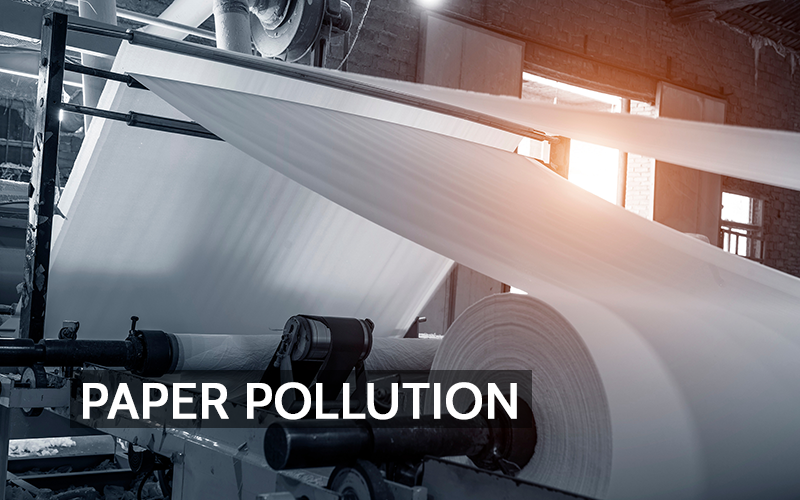
Emissions to Efficiency: Regulating Air Quality in Paper Production
The paper industry has long been a cornerstone of global commerce and daily life, providing everything from packaging materials to office supplies. However, its environmental footprint, particularly its impact on air quality, remains a significant concern. While...

How Air Pollution Affects Migratory Birds
Air pollution poses a significant threat to migratory birds, disrupting their intricate journeys and endangering their survival. Understanding these impacts and the conservation efforts in place is crucial for safeguarding these species and the ecological balance they...

How Candle Smoke Impacts Indoor Air Quality
Candles have long been a popular way to add warmth, ambiance, and pleasant scents to our homes. As awareness around indoor air quality grows, however, The impact of candle smoke on the air we breathe indoors becomes a question. This article explores the effects of...
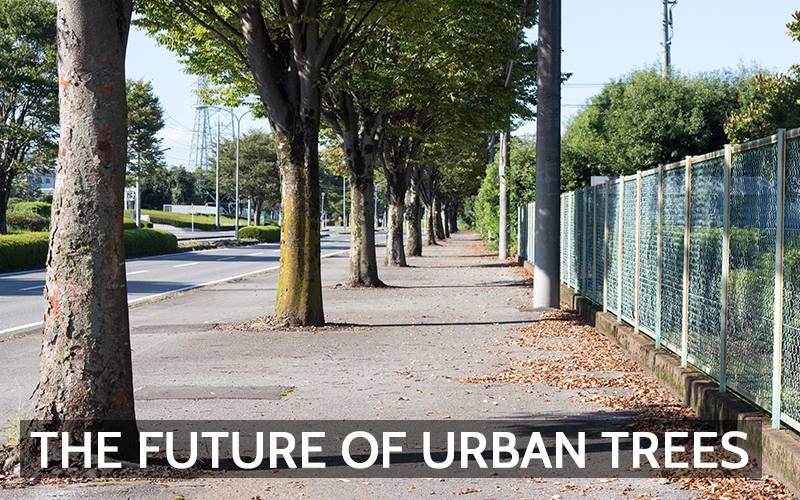
The Future of Green Spaces and Trees in Cities: Challenges and Innovations
In the push for more sustainable urban living, green spaces and trees play a crucial role in reducing pollution, enhancing air quality, and creating a sense of community around nature's beauty. Yet, as cities grow, finding space for greenery becomes increasingly...

Dust Turns Into Defects: Why Semiconductor Factories Need Pristine Air
When people think of semiconductor fabrication and electronics manufacturing, they often picture engineers clad in full-body cleanroom suits, working in sterile, white-walled facilities. But while many are aware that such environments are necessary, few understand why...

Nose Hair: The Unsung Hero of Your Immune System
When we think about immune defense, we often picture white blood cells fighting off infections or antibodies neutralizing invaders. But did you know that one of your first lines of defense is right under—or rather, inside—your nose? Nose hairs, often dismissed as an...
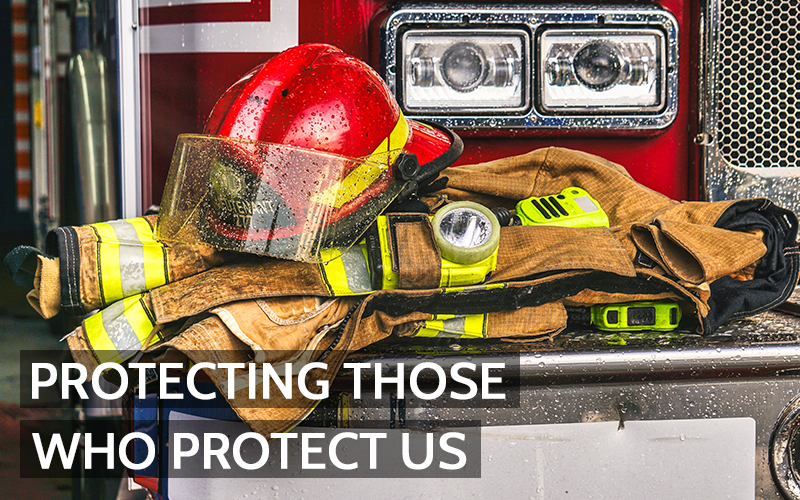
The Role of Wearable Air Quality Monitors Across Industries
In various industries, maintaining optimal air quality is crucial for safeguarding worker health and ensuring operational efficiency. Wearable air quality monitors have emerged as vital tools, enabling real-time monitoring of environmental conditions directly for...

Camels and Their Remarkable Eyelashes: A Lesson in Eye Protection
In the harsh, wind-swept deserts where sandstorms rage, camels have evolved a fascinating defense mechanism: long, dense eyelashes. These striking lashes act as a protective barrier, shielding their eyes from airborne dust and debris. Camels serve as a perfect example...

Salt Flats, Hypersaline Inland Seas, and Their Impact on Regional Air Quality
Salt flats and hypersaline inland seas are unique environments characterized by high salinity and minimal vegetation. These landscapes can significantly impact regional air quality by contributing to airborne particulate matter and influencing atmospheric chemistry....
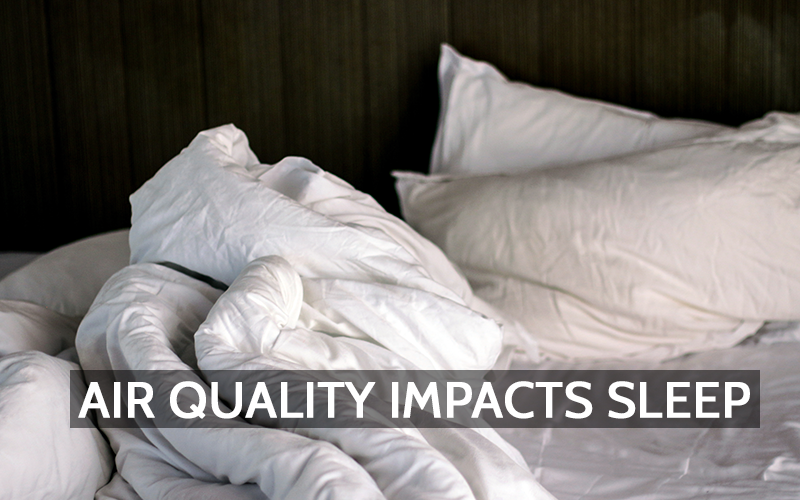
How Clean Air Can Lead to Better Sleep Health
Getting a good night’s sleep is essential for overall health, but many people overlook one crucial factor: air quality. Research increasingly shows that indoor and outdoor air pollution can disrupt sleep patterns, contribute to sleep disorders, and impact overall...

The Health Risks Of Perfume Use And Best Practices For Safety
Perfumes have been cherished for centuries, not only for their fragrances but also for the luxury and allure they bring. At their core, perfumes are carefully crafted combinations of natural and synthetic ingredients, including essential oils, aroma compounds,...

Optical Particle Counting: How It Works and Why It Matters
Optical Particle Counting (OPC) is a technique used to detect and measure airborne particles using laser-based light-scattering technology. These devices work by directing a laser beam through an air sample, where particles scatter the light. The intensity and pattern...

Bacteria in the Atmosphere: A New Frontier in Climate Science
The atmosphere is not as sterile as once believed. Recent studies reveal that clouds host a diverse array of microorganisms, including bacteria, fungi, and viruses. These airborne microbes influence atmospheric chemistry, weather patterns, and potentially even climate...

Home-Based Aromatherapy: Enhancing Mood, But Impacting Air Quality
Aromatherapy, the use of essential oils and natural fragrances, has gained popularity for its potential to reduce stress, improve sleep, and elevate mood. However, while home-based aromatherapy can add an inviting ambiance, it’s essential to understand how it impacts...

Nutrient Highways: Understanding the Sahara-Amazon Dust Connection
Every year, vast quantities of dust from the Sahara Desert embark on a transatlantic journey, delivering essential nutrients to the Amazon rainforest. This natural phenomenon plays a crucial role in sustaining the Amazon's rich biodiversity by replenishing its...
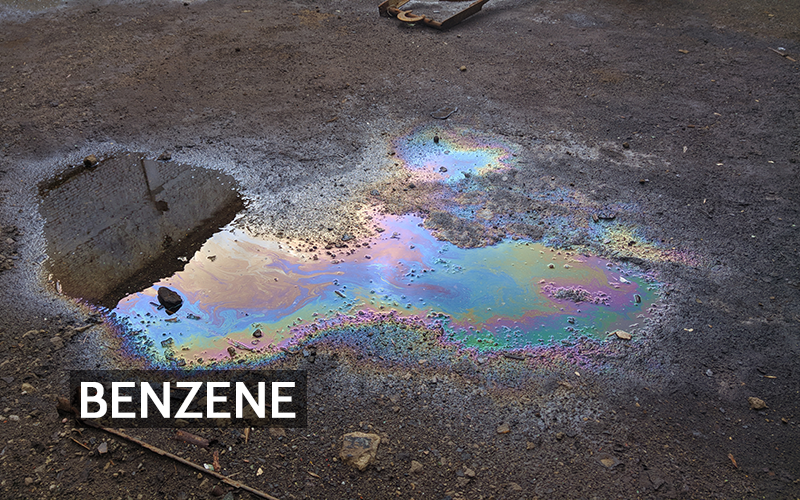
Fueling Awareness: Benzene in Gasoline and How It’s Regulated
Benzene is a colorless or light yellow liquid with a sweet odor, classified as an aromatic hydrocarbon. It is highly flammable and evaporates quickly when exposed to air. Naturally occurring in crude oil, benzene is also produced through industrial processes and is...
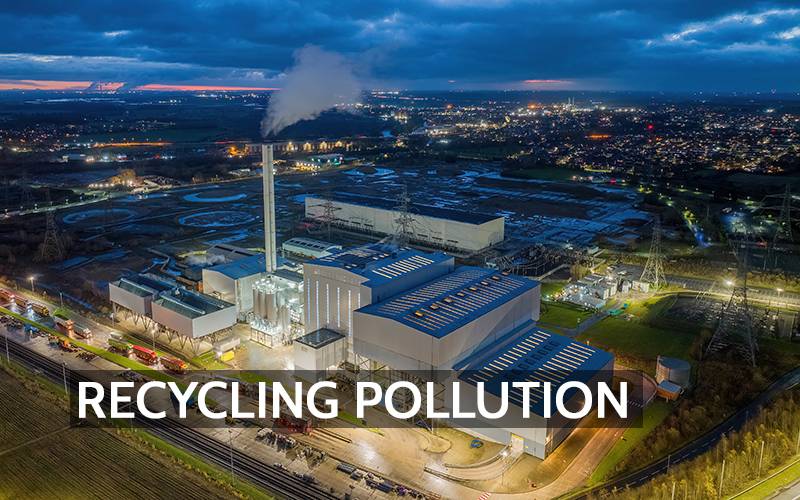
What is Carbon Capture Technology?
Carbon capture and storage (CCS) or carbon capture, utilization, and storage (CCUS) is a process that prevents CO₂ emissions from reaching the atmosphere by capturing CO₂ produced from industrial and power generation activities. It then stores the CO₂ underground in...

The Science Behind Electricity in the Air
Electricity and air share a complex relationship that influences numerous industries and everyday environments. From the generation and transmission of electrical power to the impact of static electricity on sensitive equipment, the interplay between electricity and...

Respiratory Syncytial Virus and What You Need to Know About It
Respiratory Syncytial Virus, commonly known as RSV, is a highly contagious virus that primarily affects the respiratory system. It poses significant health risks, particularly to infants, young children, older adults, and individuals with weakened immune systems. As...
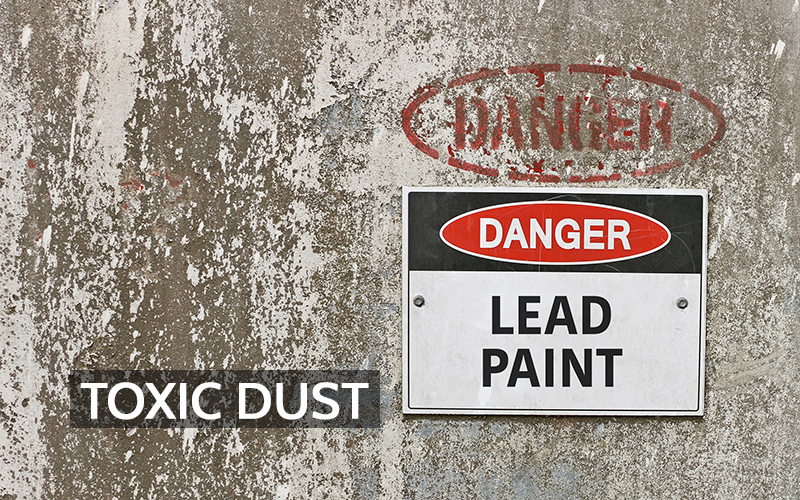
The Legacy of Lead: How Pollution Shaped Public Health Policy
Lead is a naturally occurring heavy metal that has been widely used by humans for thousands of years. Despite its utility in various industries, lead is highly toxic to both humans and the environment. Understanding the history of lead pollution, its impacts, and the...
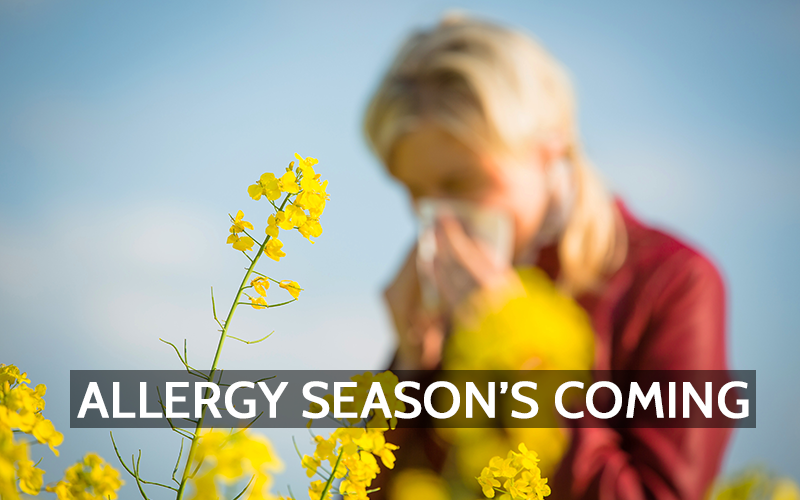
The Allergy Battle: Why Your Immune System Overreacts and How to Fight Back
Seasonal allergies, commonly known as hay fever or allergic rhinitis, affect millions worldwide, causing symptoms like sneezing, itchy eyes, and nasal congestion. Understanding the sources of allergens, the immune system's response, and effective mitigation strategies...
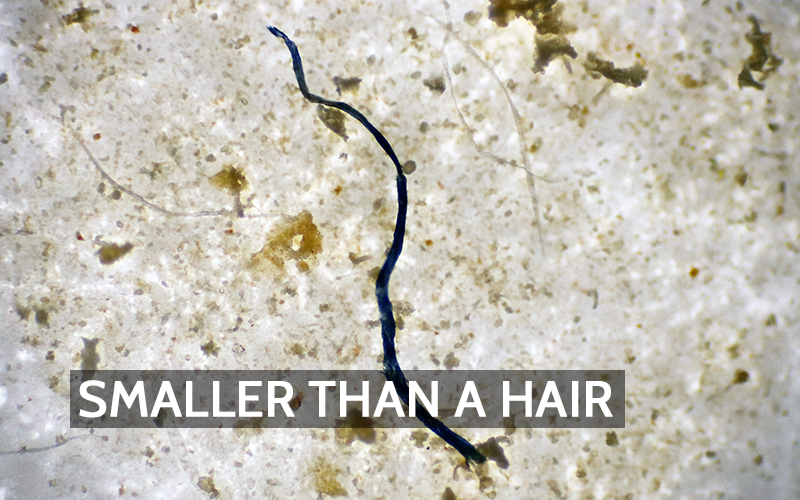
From Thread to Threat: How Synthetic Fabrics Contribute to Microplastic Pollution
Synthetic fabrics, such as polyester, nylon, and acrylic, have become staples in the fashion industry due to their durability and cost-effectiveness. However, these materials are significant contributors to microplastic pollution, posing environmental and human health...

From Water Vapor to Smog: The Environmental Impact of Evaporation
Evaporation is a fundamental process in Earth's water cycle, where liquid water transforms into vapor and enters the atmosphere. This phase change plays a crucial role in regulating climate, weather patterns, and air quality. The Process of Evaporation At the...
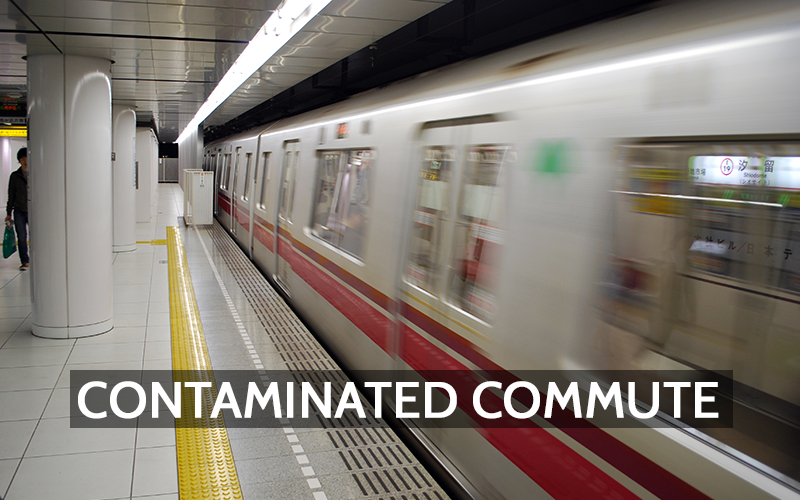
The Hidden Health Risks of Commuting: PM2.5 Levels in U.S. Subways
Subway systems are integral to urban transportation in the United States, offering efficient and eco-friendly travel options. However, recent studies have highlighted concerns regarding air quality within these underground networks, particularly the elevated levels of...

A Quick Run-Through on Volatile Organic Compounds (VOCs) and Air Quality
Volatile Organic Compounds (VOCs) are a group of carbon-based chemicals that evaporate easily at room temperature, contributing to air pollution both indoors and outdoors. These compounds are found in a wide range of products and processes, making them a common...
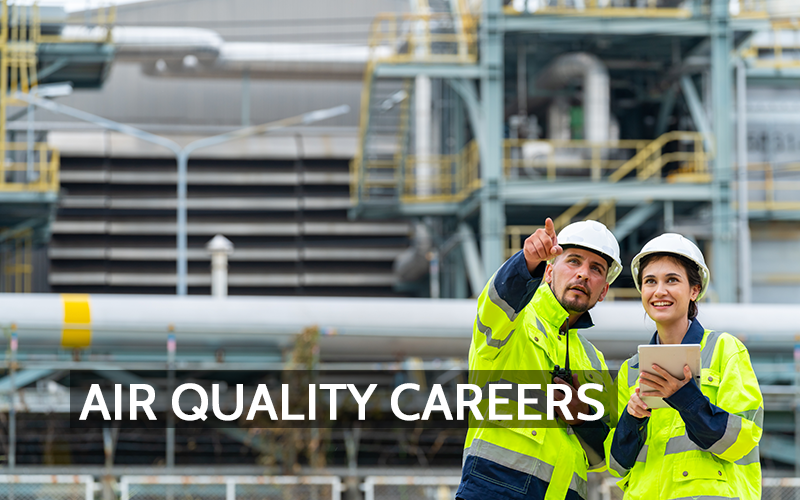
Exploring Growing Fields in Air Quality Management
As environmental concerns intensify globally, the field of air quality management has grown into a dynamic and essential sector. Professionals in this field play a vital role in monitoring, analyzing, and mitigating air pollution to protect public health and the...
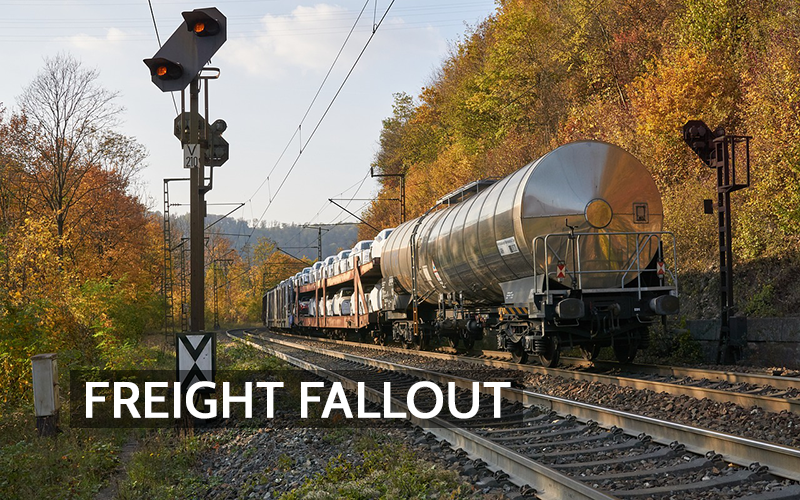
Preventing Hazardous Spills: Addressing Transportation Risks to Air Quality
Recent years have seen an alarming number of train derailments and cargo truck overturns, many of which release hazardous substances into the air, posing serious risks to public health and the environment. Incidents like the train derailment in East Palestine, Ohio,...

Blower Hand Dryers and Bathroom Air Quality: Balancing Hygiene and Environmental Impact
Blower hand dryers have become a common feature in public restrooms, offering an eco-friendly alternative to paper towels. However, their impact on bathroom air quality and hygiene has been a subject of ongoing research and debate. The Hygiene Debate: Blower Hand...

Mesothelioma, Asbestos, and the Fight for Clean Air in the Workplace
Mesothelioma, a rare but aggressive form of cancer, has long been associated with occupational hazards, particularly exposure to asbestos. This devastating disease primarily affects the lining of the lungs (pleura) but can also impact the lining of the abdomen...

Innovations in Air Quality Monitoring: The Role of Drone Technology
As the world grapples with the pressing need to address climate change and pollution, drone technology has emerged as a game-changer in air quality monitoring. These agile, unmanned aerial vehicles (UAVs) offer unprecedented access to remote, hazardous, and otherwise...
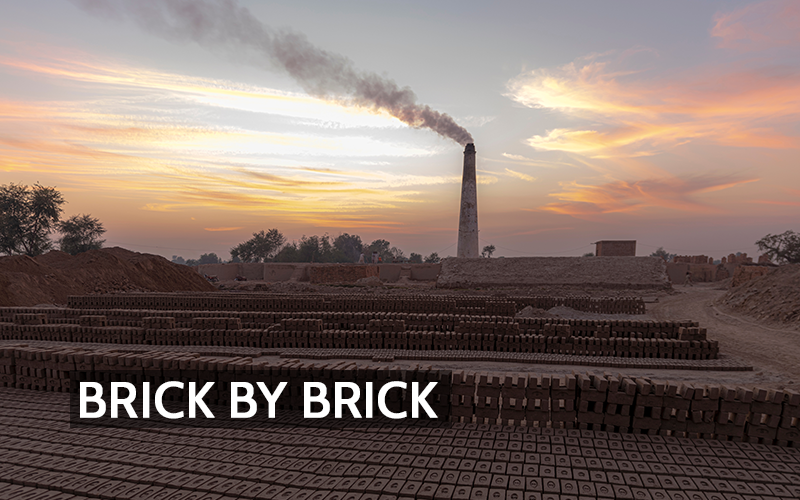
Addressing the Impacts of South Asia’s Traditional Kilns
Traditional brickmaking is a cornerstone of construction across South Asia, particularly in countries like India, Pakistan, and Bangladesh. Despite its economic significance, this industry poses substantial environmental challenges, notably contributing to severe air...
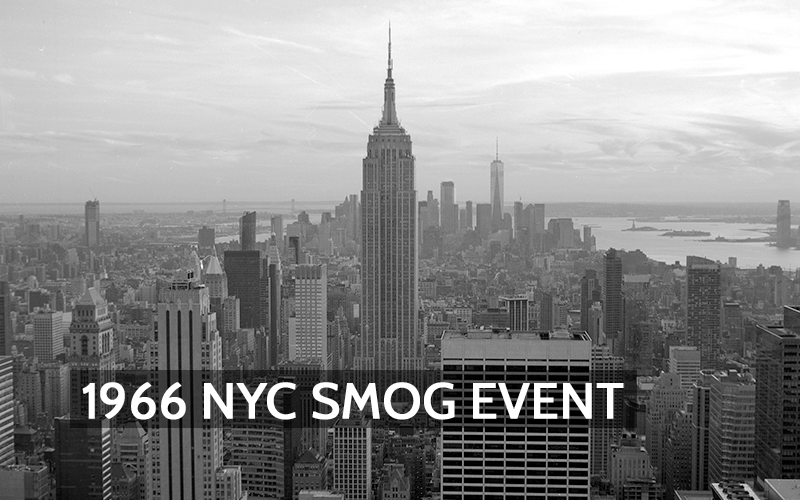
From Crisis to Change: How the 1966 NYC Smog Event Shaped Air Quality Policies
In late November 1966, New York City experienced a severe smog event that was brought on by a unique combination of weather patterns. This incident, occurring over Thanksgiving weekend, had significant health impacts on New Yorkers and spurred several policy changes...
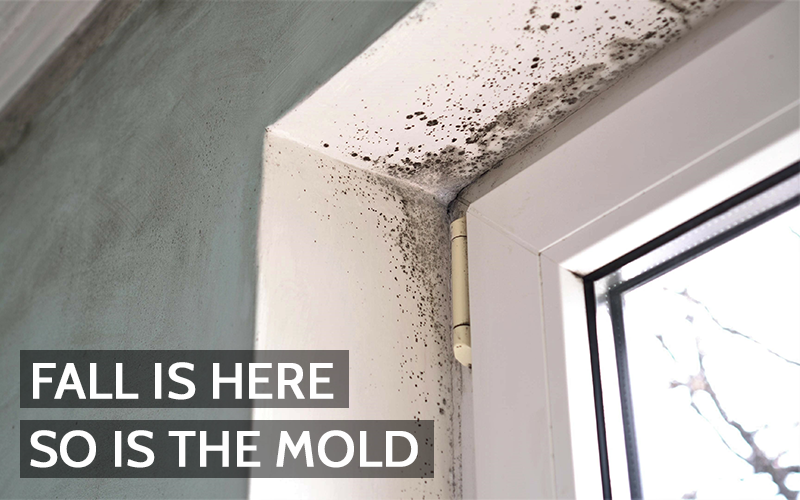
Mold Growth Surges in the Fall, Here’s What You Can Do About it
As autumn arrives, homeowners often face the challenge of increased mold growth. The combination of falling temperatures, indoor heating, and seasonal rain creates the perfect environment for mold growth. Mold thrives in moist, warm conditions and needs organic...
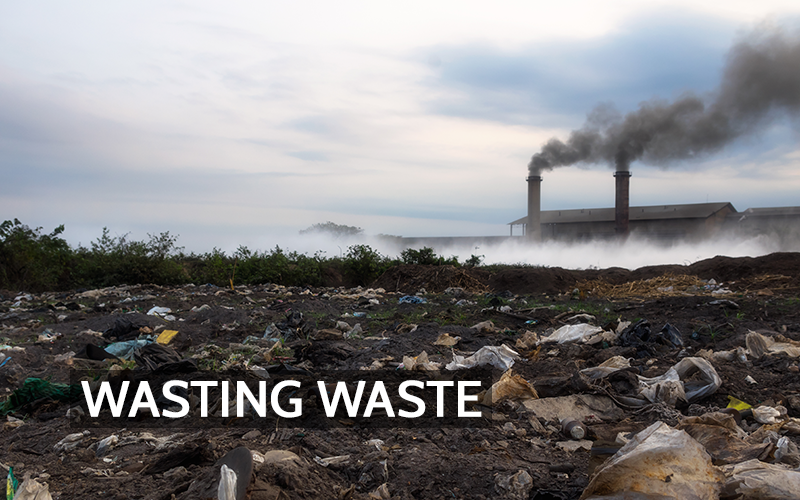
The Global Toll of Trash Burning and How Pyrolysis Offers a Cleaner Future
Burning trash remains a major source of air pollution in many developing countries, releasing harmful emissions like dioxins, particulate matter, and volatile organic compounds. This widespread practice threatens local and global air quality, but cleaner technologies such as pyrolysis offer sustainable waste-to-energy solutions. As global waste generation rises, curbing open waste burning is essential for improving public health and advancing sustainable waste management.
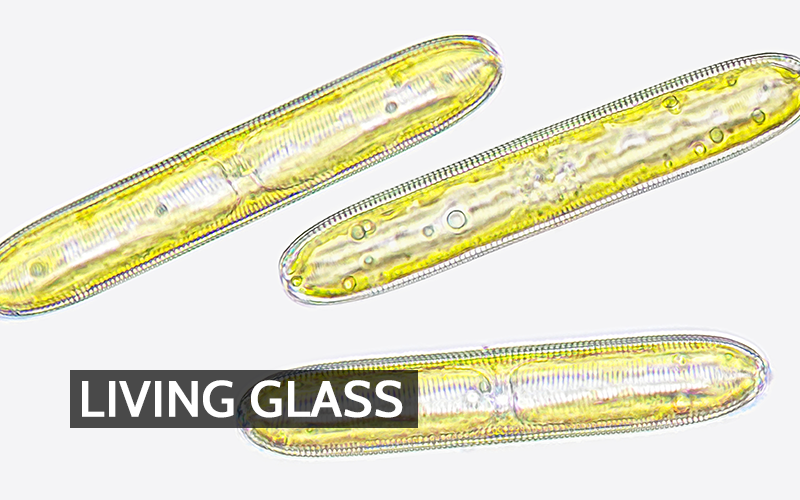
Diatoms: Unseen Travelers Shaping Ecosystems and Air Quality
Airborne diatoms, long thought to be water-bound, are now recognized as key players in ecosystem dynamics and air quality through their surprising journey across the atmosphere.
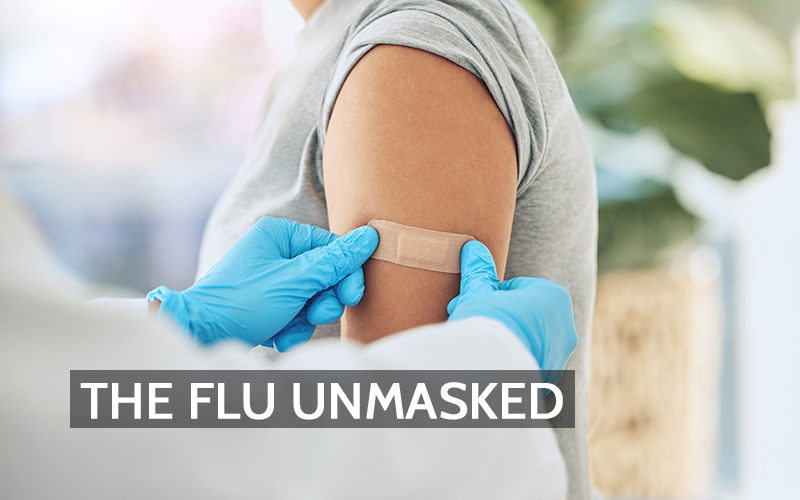
History, Spread, and Prevention of Influenza in the U.S.
Influenza, commonly known as the flu, is a contagious respiratory illness caused by influenza viruses. These viruses infect the nose, throat, and sometimes the lungs, leading to symptoms ranging from mild to severe. Understanding the causes, prevalence, transmission,...

Trapped Air: Understanding Temperature Inversions and Their Impact on Air Quality
Temperature inversions are a meteorological phenomenon that significantly impacts air quality and public health. These events occur when a layer of warm air traps cooler air at the surface, preventing it from rising and dispersing pollutants. Understanding the...

Understanding the Key Differences Between Photochemical and Sulfurous Smog
Smog has become a pressing environmental issue, impacting air quality and public health worldwide. Understanding the different types of smog, their formation, sources, and consequences is essential to addressing this challenge. This article explores the two primary...
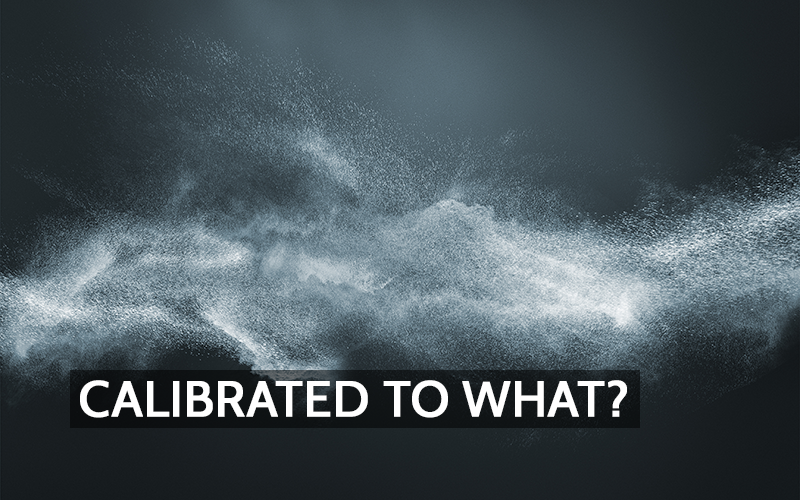
Clearing Up Confusion On Particulate Matter Standards in Air Quality Monitoring
In air quality monitoring, the measurement of particulate matter (PM), especially PM2.5 and PM10, is essential due to their links to health risks. PM2.5 particles, being smaller, can reach deep into the lungs and even enter the bloodstream, while PM10 particles impact...

Volcanoes and Air Quality: Understanding Local and Global Effects
Volcanoes are some of Earth's most fascinating natural phenomena. They showcase the immense forces beneath the planet’s crust and directly influence air quality both locally and globally. Countries with active volcanoes have developed monitoring systems to manage the...
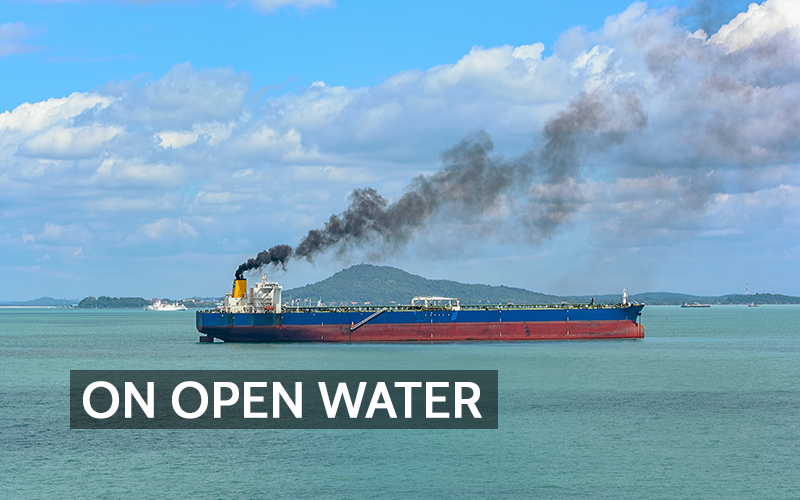
Air Pollution in International Waters
Shipping is the lifeblood of global trade, with over 80% of the world’s goods transported by sea. However, this industry is also a major contributor to air pollution, significantly impacting the environment and human health. This article delves into why ships pollute...
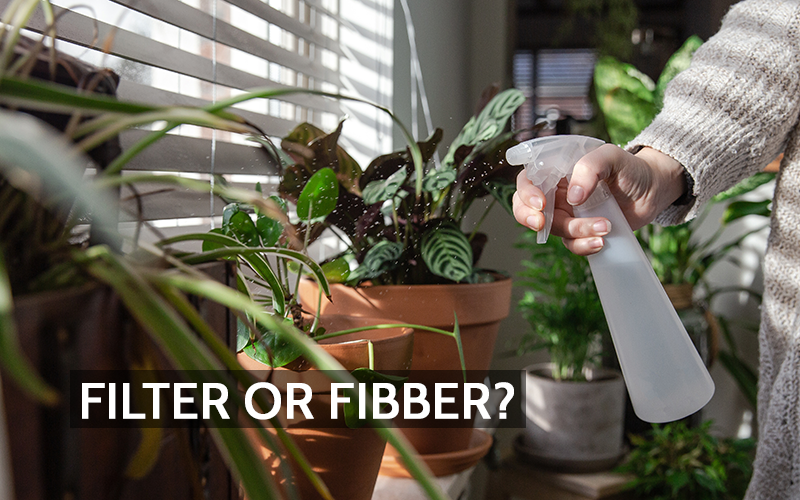
Houseplants and Indoor Air Quality: The Reality Behind the Green
Houseplants have modest effects on indoor air quality, yet they’re a powerhouse when it comes to enhancing mental well-being. While some types of greenery can reduce minor levels of volatile organic compounds (VOCs), they fall short as a comprehensive air purification...

Airplane Air Quality: Standards, Safety, and Tips for Travelers
Air quality in airplane cabins is regulated by several organizations to ensure passenger and crew health and safety. The primary regulatory body in the United States is the Federal Aviation Administration (FAA), which works in conjunction with the Environmental...
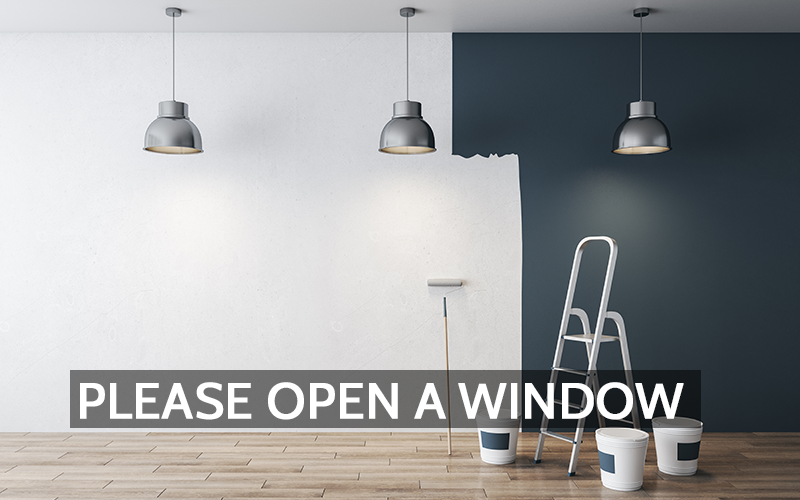
Paint Fumes and Indoor Air Quality
When you paint your home, that fresh paint smell may seem harmless, but it’s actually a sign of volatile organic compounds (VOCs) being released into the air. VOCs are chemicals in paint that evaporate at room temperature, contributing to poor indoor air quality....

The Importance of Seasonally Cleaning Your AC Unit: A Complete Guide
Regular AC maintenance is essential for keeping a unit efficient and ensuring a healthy indoor air quality. Over time, AC units accumulate dust, debris, and moisture, which can impact their performance and even circulate allergens and mold indoors. This guide will...
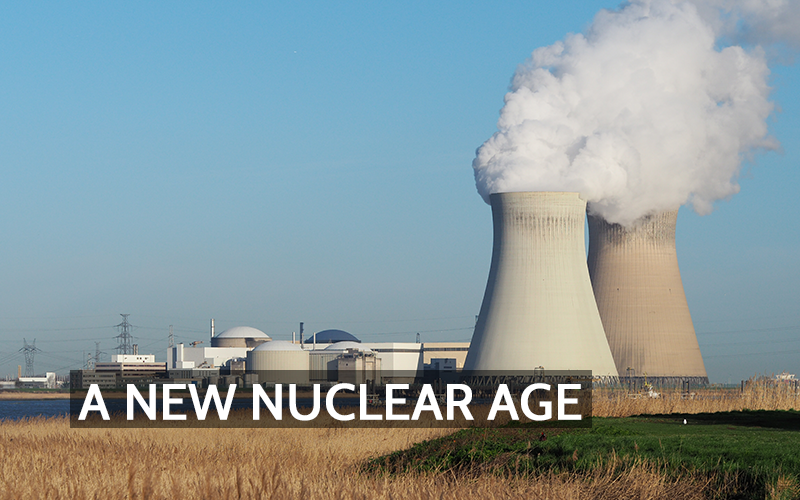
Enhancing Air Quality Through Nuclear Power Adoption
Nuclear energy stands as a pivotal solution in the quest to decarbonize the energy sector and enhance air quality. By generating substantial amounts of electricity without emitting greenhouse gases during operation, nuclear power offers a reliable and efficient...
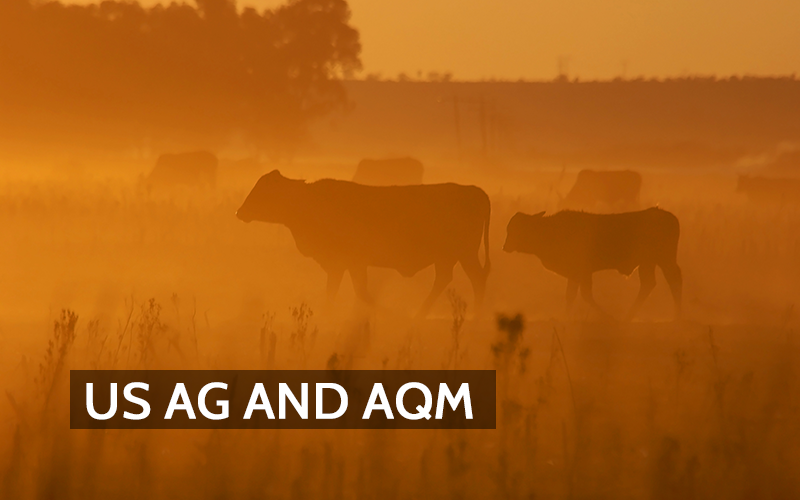
How U.S. Agriculture is Tackling Air Quality Standards
Air quality monitoring has become an essential part of sustainable agricultural practices in the United States. Agriculture contributes to air pollution through emissions of ammonia, methane, and particulate matter, but it also faces adverse effects from poor air...
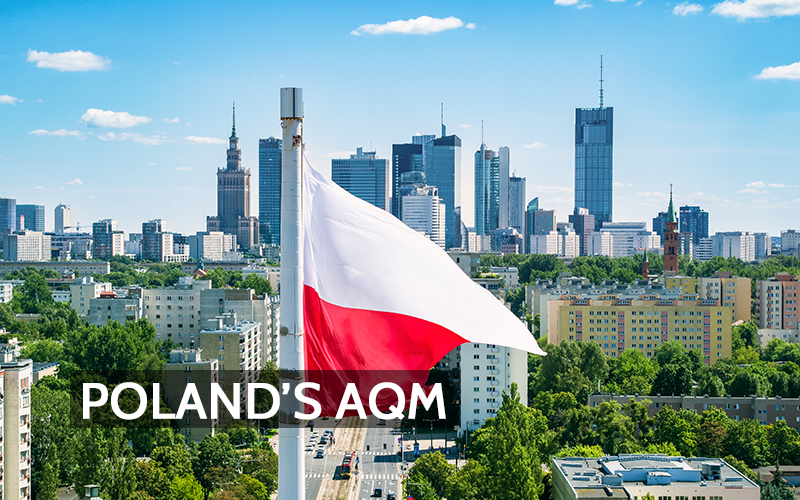
Poland’s Air Quality Management System
Poland has long grappled with significant air pollution challenges, primarily due to its heavy reliance on coal for energy and residential heating. In response, the Polish government has implemented a series of regulations aimed at improving air quality and aligning...
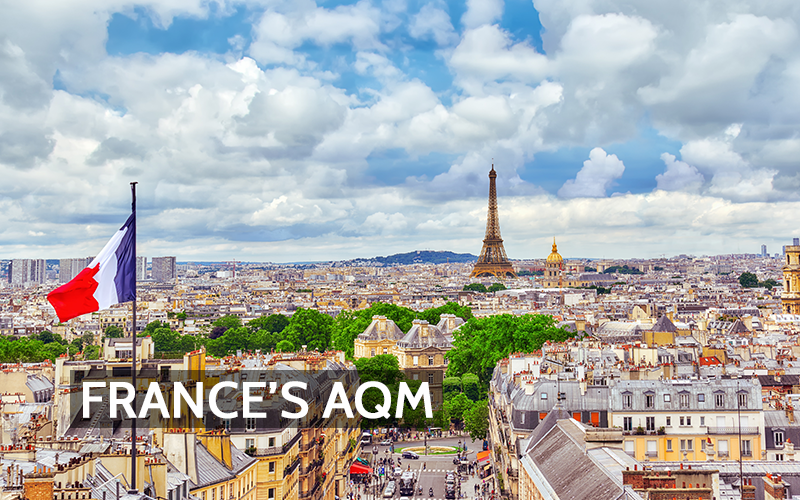
France’s Air Quality Management Strategy and Governance
Air quality management has become a pivotal issue worldwide, and France is no exception. The French government has implemented a range of regulations to ensure cleaner air and better health outcomes for its citizens. This article delves into the evolution of air...

Air Quality Regulation and Standards in the United States: Addressing The Gaps
Air quality regulation in the United States has evolved significantly since the enactment of the Clean Air Act (CAA), particularly with amendments in 1970 that introduced the National Ambient Air Quality Standards (NAAQS). The Environmental Protection Agency (EPA) and...

How 2025 Is Redefining Our Approach to Air Pollution
As the world steps into 2025, the hope for a brighter and healthier future remains a unifying force among nations, communities, and individuals. Air quality, one of the most overlooked yet impactful influences on human and environmental health, continues to demand...

Why Christmas Smells So Good: A Scientific Dive into Holiday Aromas
Christmas is a season celebrated with not only vibrant decorations and cherished traditions but also an unmistakable array of delightful aromas. From the invigorating scent of fresh pine to the comforting warmth of hot cocoa, the chemical compounds behind these smells...

Balancing Growth and Clean Air: Air Quality Management in Argentina
Air quality monitoring and regulation have become increasingly important in Argentina, a country balancing rapid urbanization and industrial growth with environmental sustainability. This article delves into Argentina’s government regulations on air quality, their...

Spain’s Air Quality Management: Today’s Regulations and Tomorrow’s Outlook
Air quality monitoring and regulation have become crucial topics in Spain as the country faces growing environmental challenges. As part of the European Union (EU), Spain adheres to strict air quality standards designed to safeguard public health and the environment....

Tourism, Traffic, and Air Pollution: How Italy Handles its Air Quality Management
Italy, known for its rich cultural heritage and picturesque landscapes, faces a multitude of air quality challenges. The combination of heavy industrial activity, vehicular emissions, and an influx of tourists in cities like Rome, Venice, and Florence has heightened...

Air Quality Management and Regulation in India: Milestones and Progress
Air pollution is a pressing public health and environmental issue in India, particularly in urban centers like New Delhi. Despite growing awareness, the country continues to grapple with the consequences of poor air quality, which include respiratory illnesses,...

Air Quality Management in Thailand
Thailand has grappled with air pollution challenges in urban centers like Bangkok and Chiang Mai. In response, the Thai government has implemented a series of regulations and initiatives aimed at monitoring and improving air quality. This article examines the...
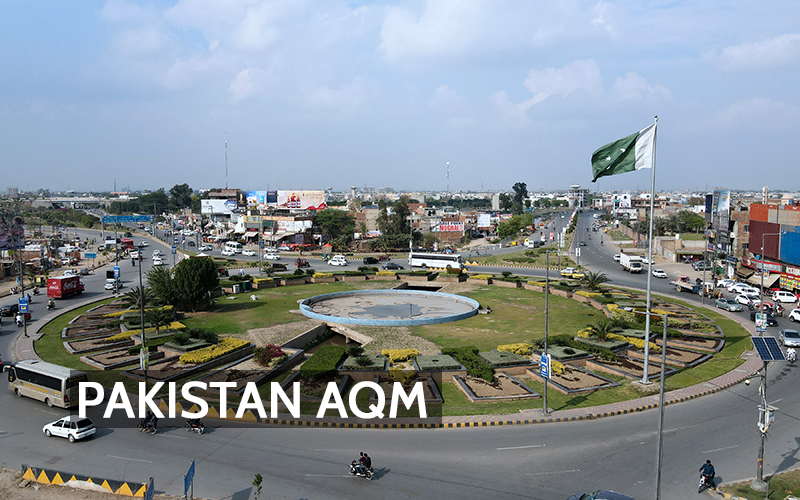
From Policy to Practice: The Evolution and Future of Air Quality Management in Pakistan
Air quality in Pakistan has deteriorated significantly over recent decades, posing severe health risks and environmental challenges. In response, the Pakistani government has implemented regulations to monitor and improve air quality. This article examines existing...
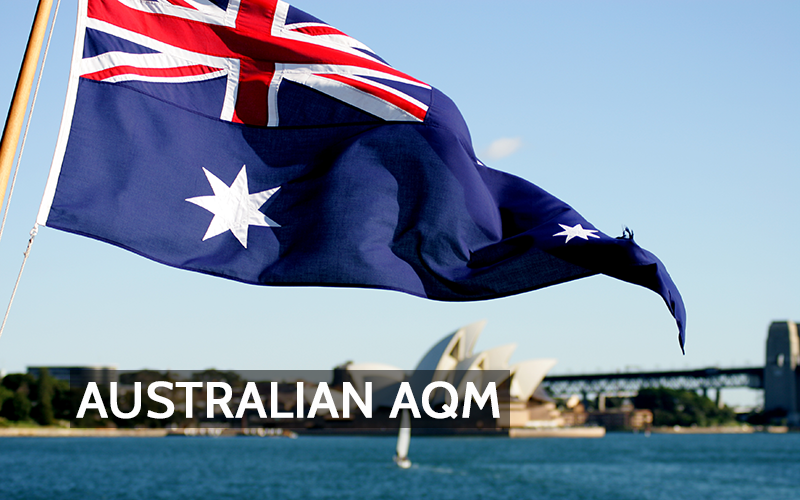
Air Quality Management in Australia: Legislative Frameworks and Future Directions
Australia has long prioritized maintaining high air quality standards to protect public health and the environment. The nation's approach to air quality management involves a combination of federal and state regulations, international commitments, and ongoing policy...

German AQM: Legislative Frameworks and Future Directions
Germany has long been at the forefront of environmental protection, implementing comprehensive air quality regulations to safeguard public health and the environment. These regulations have evolved over decades, reflecting advancements in scientific understanding and...
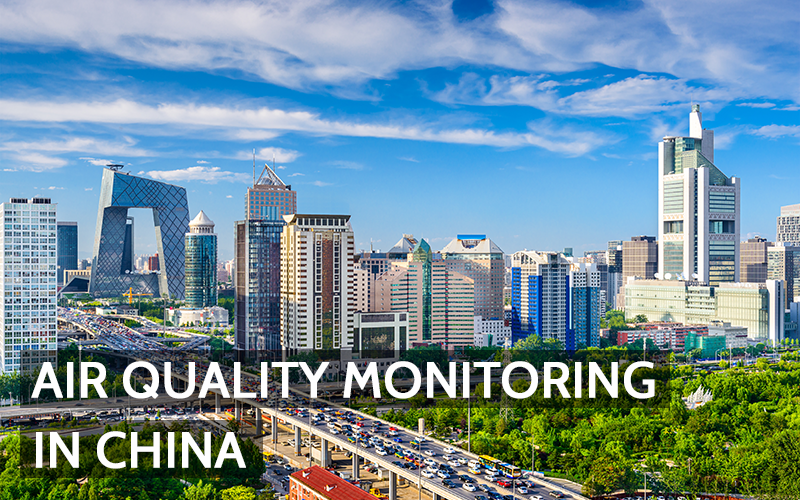
Insights into Government and Private Initiatives in China
Air quality has been a significant concern in China, particularly since the rapid industrialization that began in the late 20th century. The Chinese government, in collaboration with the private sector, has implemented various initiatives to monitor and improve air...
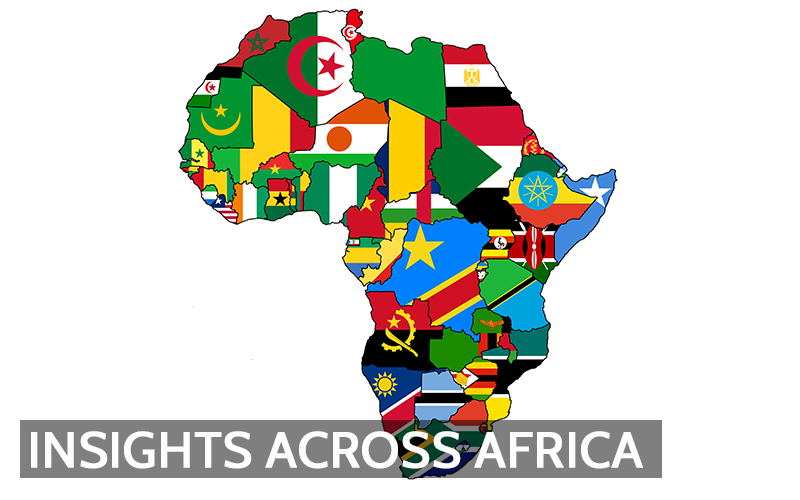
An Intro to Air Quality Monitoring Efforts Across Africa
Air quality monitoring is a critical component in addressing environmental and public health challenges across Africa. The continent faces diverse pollution sources, including urban emissions, industrial activities, and household pollutants across 54 independent...

Air Quality Monitoring in the United Kingdom: An Overview
Air quality monitoring in the United Kingdom is a collaborative effort between government agencies and local authorities, aimed at safeguarding public health and the environment. Government Oversight and Monitoring Networks The Department for Environment, Food &...
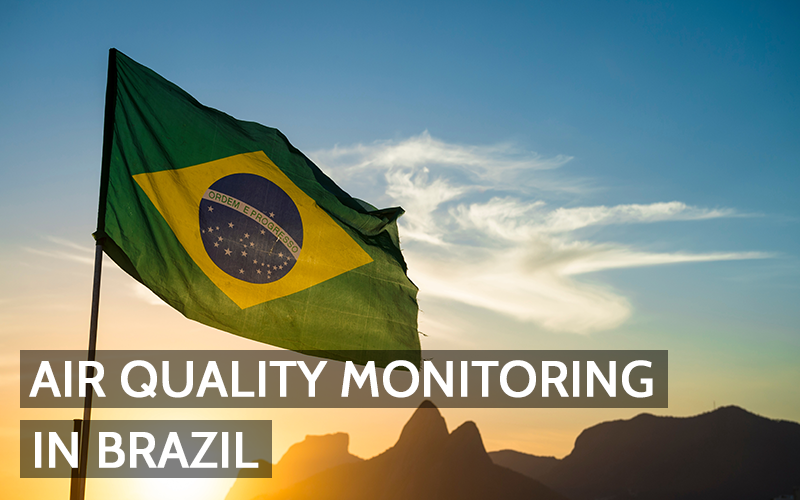
Air Quality Monitoring in Brazil: Gov Initiatives and Future Plans
Air quality monitoring is a critical component of environmental management, especially in rapidly developing nations like Brazil. The responsibility for monitoring air quality in Brazil is primarily held by the central government, with significant involvement from...
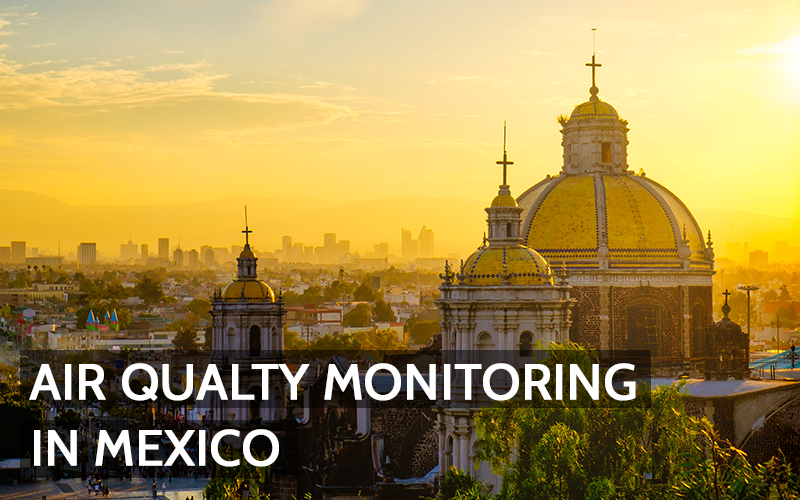
Air Quality Monitoring in Mexico: Standards and Responsibilities
As air quality concerns rise globally, Mexico has established robust mechanisms to monitor and control air pollution. This blog explores how air quality monitoring is handled in Mexico, who oversees it, and what standards are in place to protect public health and the...
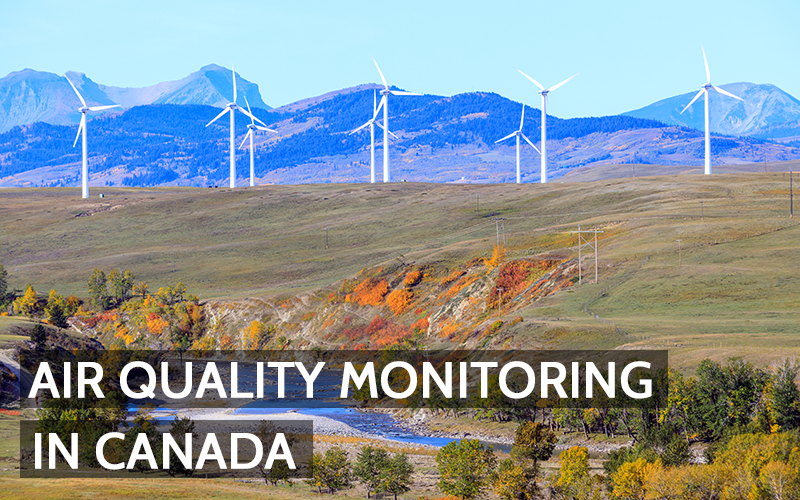
Who Monitors Air Quality And Sets Standards In Canada?
Air quality monitoring in Canada is a crucial aspect of environmental management, impacting human health and ecosystems. Monitoring and setting air quality standards involves collaboration across several government departments, supported by contributions from private...
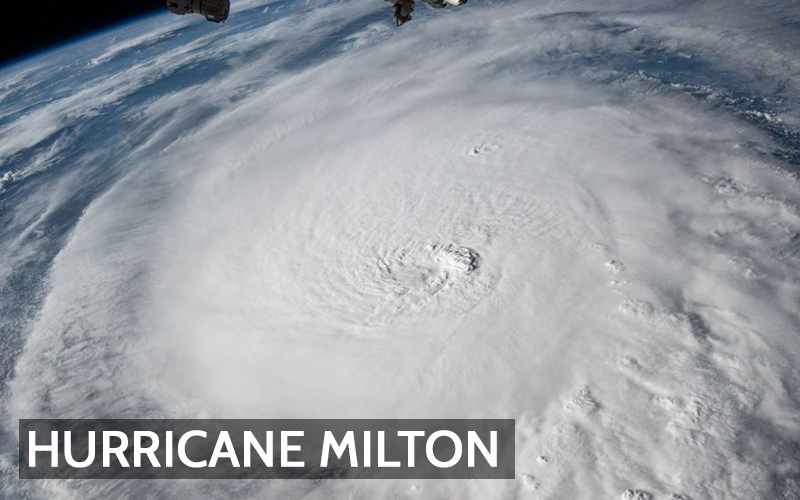
Coastal Storms and Air Quality: Insights from Hurricane Milton
Coastal storms produce numerous hazards from wind damage to catastrophic flooding, yet, their impact on air quality often goes overlooked. Recently, Hurricane Milton—a Category 5 hurricane at its peak—devastated Florida's Gulf Coast, temporarily reshaping air quality...




